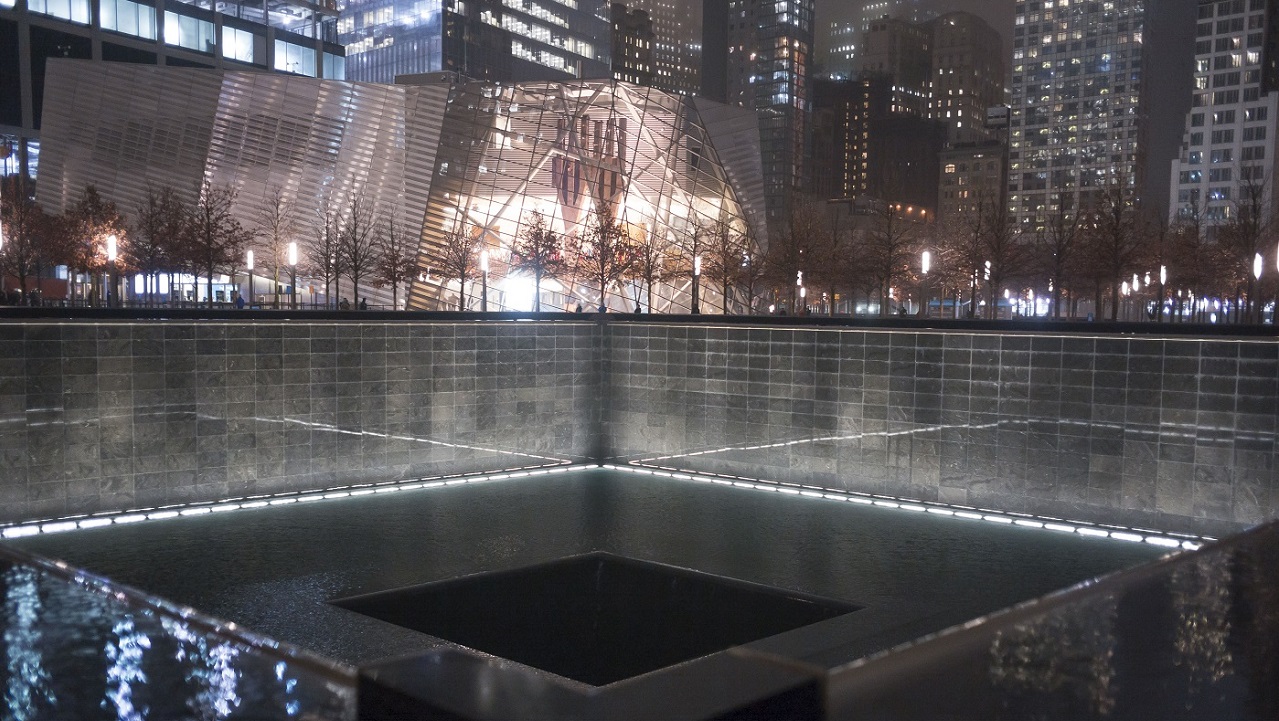Make a donation to the museum
“Dr. Artie” Helps New York City Get Back On Its Feet
“Dr. Artie” Helps New York City Get Back On Its Feet

Dr. Arthur Gudeon never wants to retire. Born and raised in Queens, the 85-year-old podiatrist has been treating New Yorkers’ foot and ankle injuries since 1960. An avid tennis player and fan, he entered the field hoping to practice sports medicine—and over the course of his long career, he has treated tennis champions John McEnroe, Jimmy Connors, and Ivan Lendl. After the 9/11 attacks, however, Gudeon’s medical practice took an unexpected turn.
When the Twin Towers collapsed on September 11, 2001, they formed a mountain of wreckage piled 70 feet above street level and seven stories belowground—1.8 million tons of rubble that thousands of rescue personnel, investigators, workers, and volunteers would search and clear from Ground Zero in the following nine months. Foul-smelling smoke, omnipresent dust, shifting surfaces, and fires continuing to burn under the wreckage endangered workers at the site. The work also took a toll on their feet.
Dr. Gudeon, age 66 at the time, jumped at the chance to help. “I was looking to do something,” he said. “I just felt so frustrated not being able to do anything to help.” Reaching out to his professional network, Gudeon organized a podiatry clinic inside St. Paul’s Chapel, a church adjacent to the World Trade Center site that had been transformed into a relief center for the Ground Zero workforce. In the pew where George Washington prayed when he was inaugurated as the nation’s first president, Gudeon tended to recovery workers’ burns, blisters, and sprains. With chiropractors to one side of the pew and massage therapists to the other, the chapel’s makeshift “medical row” offered recovery workers 24-hour-a-day treatment for more than eight months. Gudeon coordinated six- to eight-hour shifts for himself and volunteer podiatrists from around the country in order to treat the constant stream of recovery workers—from 20 to 30 patients in any given shift.

St. Paul’s Chapel, decorated with banners, drawings, and thank-you cards sent to recovery workers. Photograph by Larry Racioppo.
One machinery technician whom the doctor befriended wore through four pairs of work boots in two months, the heat from Ground Zero’s fires literally melting the soles off his shoes. If patients like this had come into his practice, Gudeon recalled, he would have sent them home to rest for a few days. Instead, according to Gudeon, “They’d say, ‘Fix me up. I’m going back out.’ They wouldn’t stop.”
For Gudeon, known as “Dr. Artie” at St. Paul’s, volunteering his time and medical expertise was a deeply emotional experience, as he said in an oral history recorded by the 9/11 Memorial Museum:
You know, of course, as we’re working on these people coming in from the pit . . . they’d be telling stories of what they were finding out there, and we’d be basically crying together, really. But in some respects, too, it was extremely uplifting. It was just an exhilarating thing knowing that you were there doing something, because you felt you had to. You had to do something for what had happened.
Like tens of thousands of first responders, recovery workers, volunteers, and lower Manhattan residents, Gudeon is now battling chronic illnesses related to his exposure to toxins at Ground Zero. The medical care he receives through the World Trade Center Health Program, however, has helped the doctor stay active. “They have me on a regimen now, and now I’m back to tennis,” he said in a 2008 interview. “I’m not supposed to play singles, but I do.”
Dr. Artie is still working today. If he ever retired, he said, “I think I would go nuts.” So, like he did after 9/11—and like countless medical professionals are doing now, in the face of a global medical emergency—Arthur Gudeon continues to help New York City get back on its feet, one patient at a time.
By Isabela Morales, Manager of Exhibition Development, 9/11 Memorial & Museum
Previous Post
Upcoming Public Program to Discuss FDNY’s Response to First Responders’ Health

The second program in our new digital conversation series will be “Rescue and Recovery,” with Dr. Kerry Kelly, former chief medical officer for the FDNY (1994–2018), on Friday, May 29, at 2 p.m. (ET).
Next Post
In Tumultuous Times 9/11 Memorial & Museum President Alice M. Greenwald Invokes the Power of Solidarity, Equality, and Diversity

A letter from 9/11 Memorial & Museum President and CEO Alice M. Greenwald to staff, which responds to the events of recent days, publicly denounces racism in all forms, and expresses gratitude for the diverse perspectives within our organization.